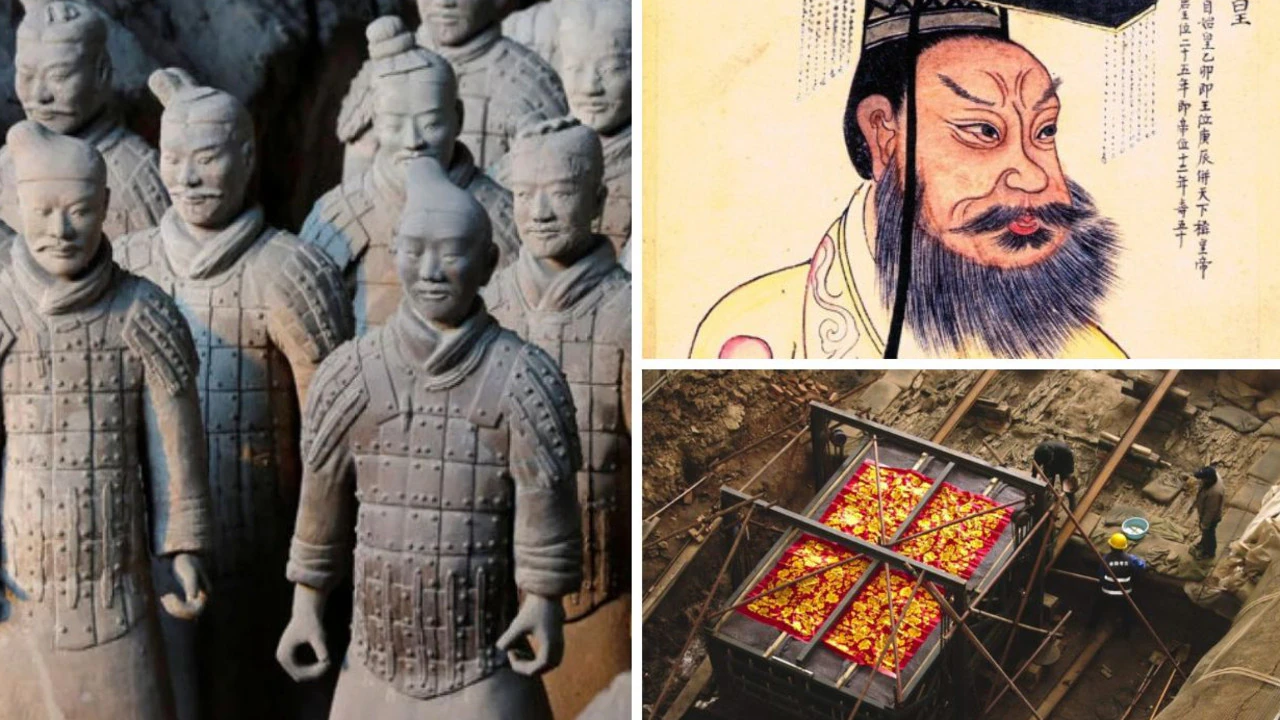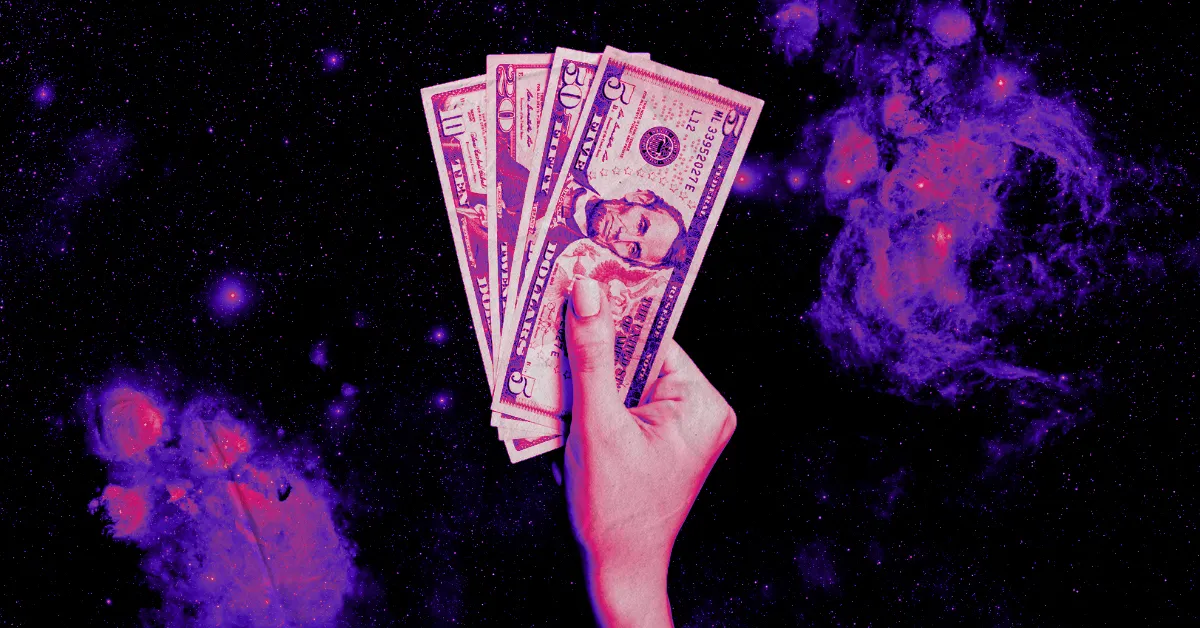By Jamie Seidel
Copyright news

Deals of the Week
5:17PMSaturday, September 20th, 2025
In the know quiz
Set your local weather
Breaking News
Courts & Law
Courts & Law
Courts & Law
Courts & Law
South Australia
Western Australia
Northern Territory
Breaking News
North America
US Politics
South America
Middle East
UK Politics
Health Problems
Mental Health
Inspiration
Weight Loss
School Life
Restaurants & Bars
Food Warnings
Relationships
The Sealed Section
Family & Friends
Fashion Shows
Fashion Trends
Face & Body
Cosmetic Surgery
True Stories
Lifestyle Videos
Travel Ideas
Short Breaks
Food & Drinks
Destinations
North America
New Zealand
Middle East
Central America
South America
Travel Advice
Tips & Tricks
Accommodation
Australian Holidays
Northern Territory
South Australia
Western Australia
Travel Videos
Entertainment
Celebrity Life
Hook Ups & Break ups
Celebrity Photos
Celebrity Kids
Celebrity Deaths
Celebrity Style
Morning Shows
Current Affairs
Upcoming Movies
Movies Reviews
Music Festivals
Books & Magazines
Golden Globes
Entertainment Videos
Social Media
Mobile Phones
Home Entertainment
Archaeology
Environment
Climate Change
Sustainability
Natural Wonders
Motoring News
On the Road
Technology Videos
Cost of Living
How to Save
Salary Secrets
Personal Finance
Superannuation
Australian Culture
Power & Influence
Inside Parliament
Gig Economy
Breaking News
Manufacturing
Other Industries
Australian Economy
World Economy
Interest Rates
Federal Budget
Australian Markets
World Markets
Australian Dollar
Cryptocurrency
Real Estate
Sydney & NSW
Melbourne & VIC
Adelaide & SA
Cricket Live Scores
V8 Supercars
Sports Life
American Sports
Paralympics
Horse Racing
Expert Opinion
More Sports
Sport Videos
Sales & Deals
Home & Appliances
Health & Wellbeing
Archaeology
Unbelievable find at China’s Terracotta Army site may confirm ancient legend
Archaeologists have unearthed an unbelievable new find at an ancient site in China. Here is why it could change everything we know.
Jamie Seidel
@JamieSeidel
September 20, 2025 – 11:59PM
Share via Email
Share on Facebook
Share on Whatsapp
Écoutez cet article
Copied URL to clipboard
History becomes legend. Legend becomes myth.
At best, historians hope that at least a kernel of truth lingers lost among centuries’ worth of embellishment, propaganda, and hype.
But the gap between fantasy and reality has narrowed dramatically when it comes to what we know of China’s tyrannical first emperor, Qin Shi Huang.
Evidence is mounting that a 15-tonne casket pulled from the outskirts of his fabled tomb last year belongs to his noble, yet tragic, son Prince Gao.
And new clues are strengthening the likelihood that the emperor’s famous mausoleum really did house an enormous, realistic model of the vast empire he had conquered.
Copied URL to clipboard
Quicksilver strands
China’s most famous historian, Sima Qian, lived from 145BC to 86BC.
Emperor Qin died in 210BC. So well over a century had passed by the time Sima penned his epic Shiji – the Records of the Grand Historian.
That’s plenty of time for political spin and fanfiction to have taken their toll.
His story certainly sounded fanciful.
Emperor Qin had spent much of his reign searching for the secret of eternal life. But every alchemist, explorer, magician and priest he tasked with the job failed.
Luckily, the first thing he had done when taking the throne at age 13 was order the construction of an immense mausoleum.
An artist’s impression of the legendary map, complete with mercury rivers and lakes, at the heart of his mausoleum. Picture: Supplied
Sima wrote that 700,000 workers had laboured 38 years to complete the funerary complex at Mount Li in Shanxi province, north-central China.
“Replicas of palaces, scenic towers, and the hundred officials, as well as rare utensils and wonderful objects, were brought to fill up the tomb,” he wrote.
“Mercury was used to fashion imitations of the hundred rivers, the Yellow River and the Yangtze, and the seas, constructed in such a way that they seemed to flow. Above were representations of all the heavenly bodies, below, the features of the earth.”
The Yangtze River. Picture: iStock
The first modern evidence that some of this may be true came in 1974.
Farmers digging a well stumbled on the pottery statue of a soldier. Archaeologists soon found an entire terracotta army, exact in every minor detail.
“As further excavation revealed the extent of the emperor’s mausoleum, with offices, stables and halls, along with clay figures of officials, acrobats and labourers and life-size bronze animals, it became clear that the Han dynasty historian Sima Qian, writing in second century BC, hadn’t been exaggerating after all,” writes the Royal Society of Chemistry’s Philip Ball.
But what interests chemists and archaeologists alike is mercury.
Mercury (Shui yin) translates as “water silver” in Chinese.
Statue of Qin Shi Huang, the first emperor of China, Qin dynasty (221-207 BC). Picture Jean-Francois Lanzarone
Toxic truth
Emperor Qian’s central mausoleum has been surveyed, but not excavated.
It’s some 500m square. And at its heart is an 80m by 50m chamber.
At that scale, the mythical map would have to be enormous.
But soil samples taken in the 1980s revealed unnaturally high levels of mercury. More recent gravity-mapping and electrical resistivity tests have been more conclusive.
“Measurements of soil resistivity have revealed another intriguing feature,” writes Ball. “They show a so-called phase anomaly, which is produced when an electrical current is reflected from a conducting surface, such as a metal. Could this be a sign of mercury?”
Some Chinese archaeologists believe these reflections roughly correlate with the positions of China’s major river systems. Others aren’t so sure.
What is sure, now, is that the production of mercury was in full force at the time of Emperor Qian.
An artist’s concept of Emperor Qin’s tomb. Picture: Nature
Chinese state-controlled media reports the chemical makeup of mercury recovered from the mausoleum matches that found in the cinnabar mines of Xunyang, 120km away. Once used as a pigment and traditional medicine, smelting this mineral would release the mercury bound within it.
New surveys of Xunyang have found three ancient mining sites that produced the mineral along the Shengjia River valley. All three contain artefacts dating from the Neolithic era to the Qing Dynasty.
The Global Times reports up to 100 tonnes of mercury has been detected in the mausoleum.
“Mercury has excellent insulation properties, forming a sealed thermal barrier within the tomb, while also having antibacterial effects,” the report reads.
“Therefore, scientists widely surmise that the mercury in the tomb was used for preservation and antitheft purposes.”
Researchers have also long suspected the importance of cinnabar.
“Chinese legend tells of one Huang An, who prolonged his life for at least 10,000 years by eating mercury sulphide (the mineral cinnabar),” writes Ball.
“The First Emperor was said to have consumed wine and honey laden with cinnabar, thinking it would prolong his life”.
The treasure may confirm Chinese myths. Picture: Supplied
Game of Thrones
Like Emperor Qian’s mausoleum, Chinese archaeologists have been nervous about picking apart the burial casket excavated last year.
Work continues, slowly.
The 15-tonne casket appears untouched by grave robbers.
Therefore, like the tomb of the Egyptian Pharaoh Tutankhamun, it’s likely to offer an immense insight into royal life in that era.
Its casing has largely collapsed. However, this has revealed approximately 6000 bronze coins, as well as jade, silver, and gold figurines. A complete set of cutlery and porcelain crockery has been recovered, as have pieces of armour and weapons.
Initially, its owner was assumed to have been a “notable warrior”.
Now speculation is centring on one of the First Emperor’s many sons.
The Terracotta Army dates to the Qin Dynasty (210BC) they were built for the first emperor of China, Qin Shi Huang.
Emperor Qian’s first son, Fusu, was supposed to inherit the throne. But royal court machinations eventually whittled their way through the succession until Prince Hu Hai rose to the top.
Prince Gao knew he was doomed. So he resolved to publicly confront his younger brother to demand an honourable death and the right to be buried with his famous father.
Or so the story goes.
“For the first time in 2000 years … we have a chance to figure out if what Sima Qian wrote is correct,” says Oxford University associate professor Hui Ming Tak Ted.
So far, the evidence is circumstantial.
Part of the skull has been recovered. Testing shows it to belong to a healthy male, aged between 18 and 22 years old.
More Coverage
Unthinkable ancient Egypt twist emerges
Jamie Seidel
Stunning mystery of ancient sword revealed
Jamie Seidel
And the youngest objects identified so far belong to the late Qin period – meaning they fit the timeline of the emperor’s death.
But a royal signet or personal seal would have to be recovered before the burial’s identity is confirmed.
Jamie Seidel is a freelance writer | @jamieseidel.bsky.social
Read related topics:China
More related stories
Archaeology
Unthinkable 140,000yo find stuns the world
Evidence is mounting that could change all that we know about the history of mankind.
Archaeology
Unthinkable ancient Egypt twist emerges
A chilling “curse” that saw people dying after opening King Tut’s tomb has haunted historians for decades. Now, we may finally have the truth.
Archaeology
New theory on ‘eighth wonder of world’
Precious works of art, crates of gold and the “eighth wonder of the world”; the hunt for lost Nazi treasure is back on in earnest.
Registration
In The Know Quiz
Newsletters
Competitions
Welcome to news.com.au
Code of Conduct
Help and Support
General Feedback
Advertise with us
Standards of Practice
Licensing & Reprints
Our News Network
The Daily Telegraph
The Courier Mail
Our Partners
realestate.com.au
CODE Sports
A NOTE ABOUT RELEVANT ADVERTISING: We collect information about the content (including ads) you use across this site and use it to make both advertising and content more relevant to you on our network and other sites. Find out more about our policy and your choices, including how to opt-out.Sometimes our articles will try to help you find the right product at the right price. We may receive payment from third parties for publishing this content or when you make a purchase through the links on our sites.
Privacy policy
Relevant ads opt-out
Cookie policy
Terms of use
Nationwide News Pty Ltd © 2025. All times AEST (GMT +10). Powered by WordPress.com VIP



